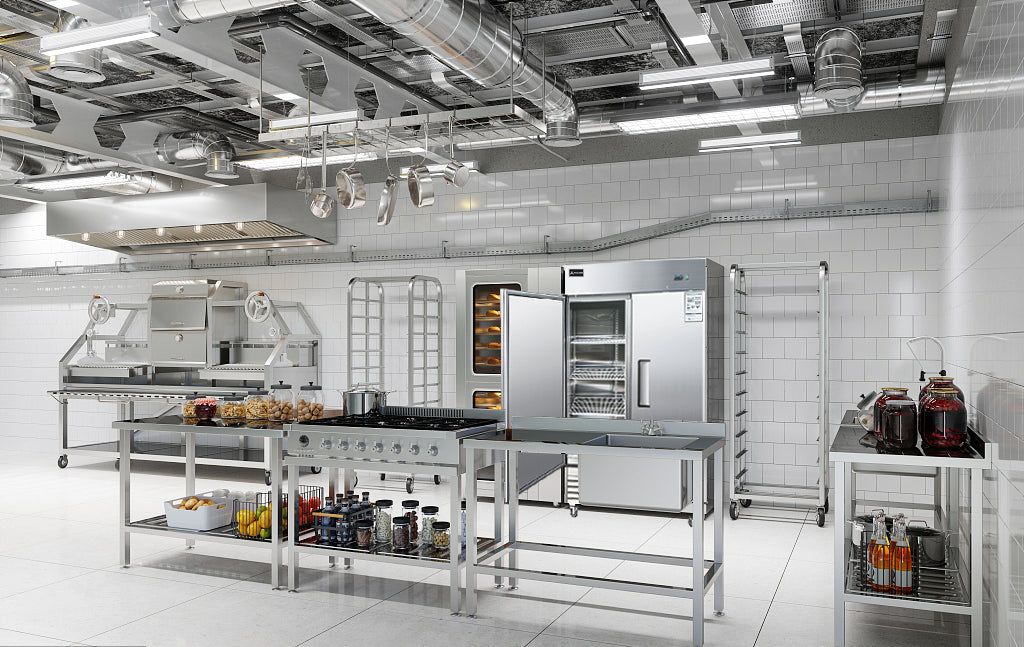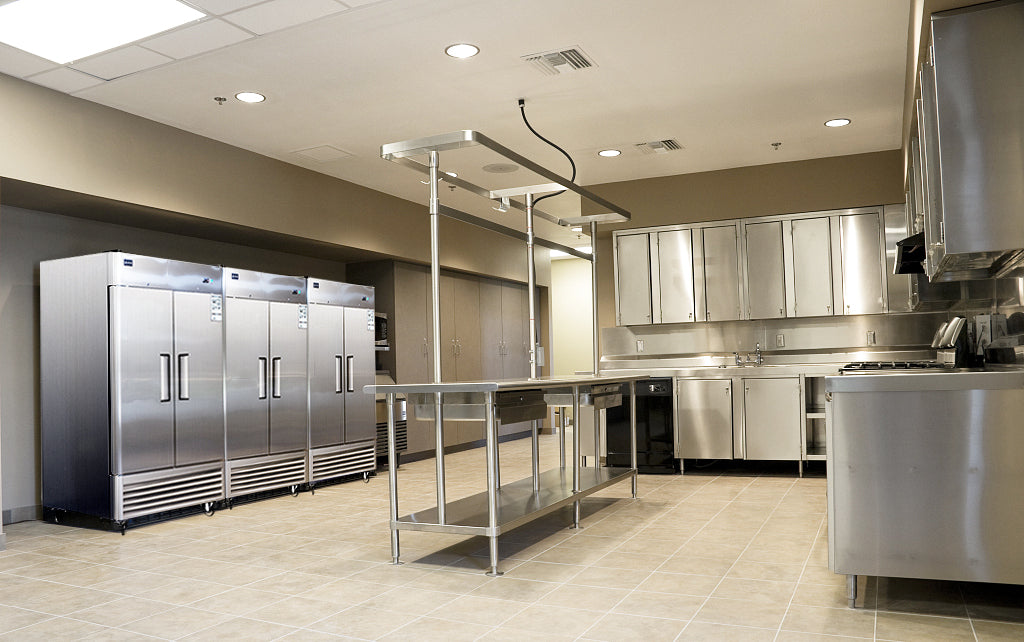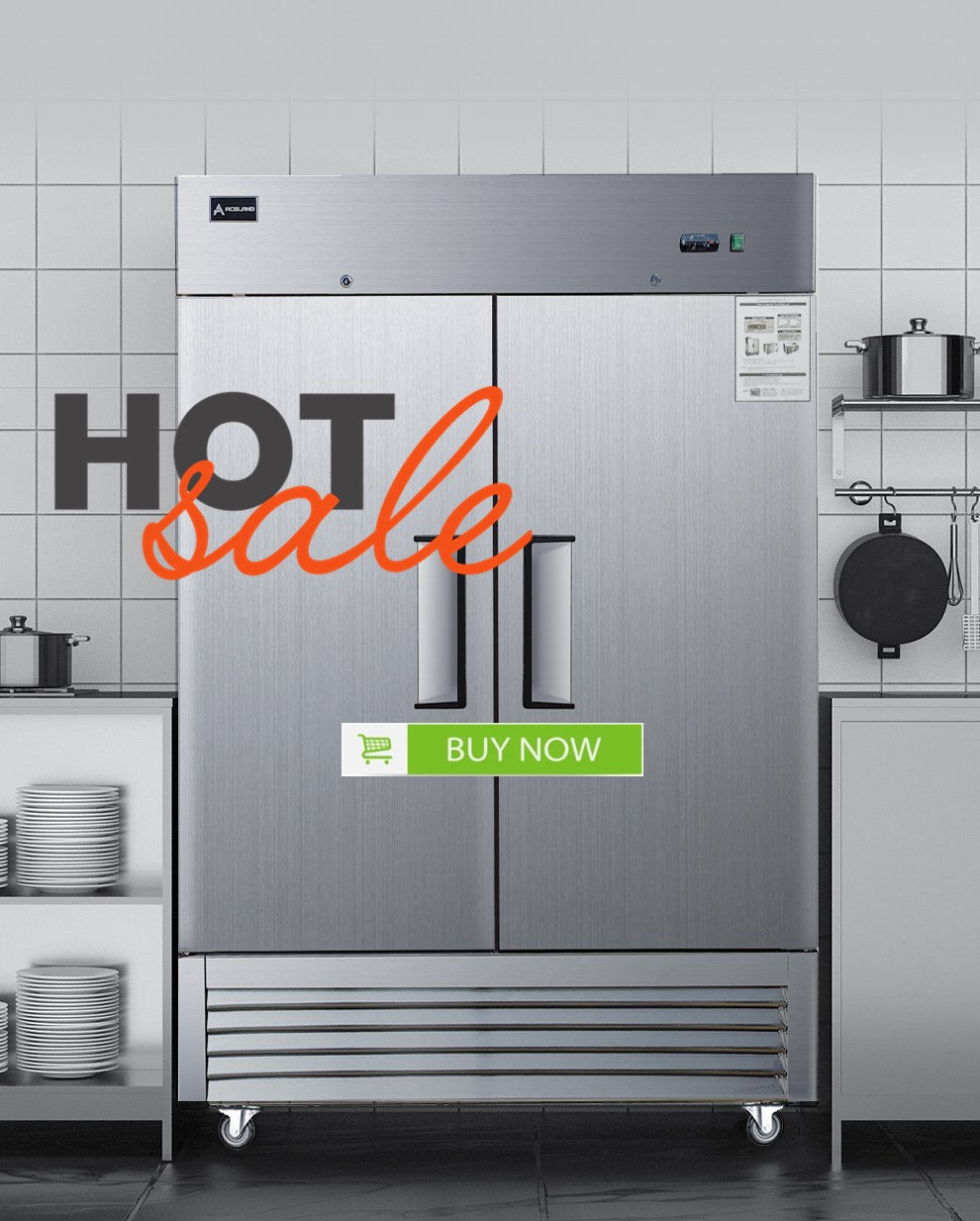Restaurant Branding
When creating a strong brand for your restaurant, it's crucial to consider 10 essential elements. From your logo and color scheme to menu design and customer service, each detail contributes to forming your brand identity. By focusing on these key aspects, you can build a cohesive and unforgettable brand that resonates with your target market and differentiates your restaurant from competitors. Explore the 10 key elements of restaurant branding below to establish a powerful brand presence.
1. Concept Development
The first step in building your restaurant brand is choosing your concept. Whether you're operating a formal dining restaurant, a fast-casual eatery, a food truck, or a pop-up bar, your concept is an embodiment of your brand. For instance, Sweetgreen is a fast-casual chain catering to busy, health-conscious customers with a focus on quick, affordable, healthy meals.
2. Mission Statement
Your restaurant’s mission statement defines its core purpose, values, and goals. It answers the question of what makes your restaurant unique. Crafting a strong mission statement helps you connect with customers, staff, and stakeholders and can guide future branding and business decisions.
3. Demographics
Understanding your target audience is vital for branding. Consider their age, income level, and lifestyle preferences. Are you catering to families, professionals, or young adults? By analyzing the demographics of your location, you can tailor your brand and concept to better suit the community, helping you determine the right fit for your restaurant.
4. Name
The name of your restaurant is integral to branding, as it gives customers an idea of what to expect. It should be memorable, unique, and relevant to your concept. While catchy names are essential, they must also reflect the service style, menu, and values that your restaurant stands for.
5. Logo
A logo serves as a visual representation of your restaurant’s brand. It should align with your overall branding in terms of colors and style. Whether you use a symbol (like Wendy’s) or a creative font (like Chick-fil-A), your logo should be consistent across all platforms, including signage, your website, and marketing materials.
6. Tagline
A tagline is a short, catchy phrase that encapsulates your restaurant's mission and unique qualities. For example, Applebee's tagline “Eatin' Good in the Neighborhood” reflects their focus on classic American fare in a casual, neighborhood setting. A good tagline helps reinforce your brand message.
7. Ambiance
Your restaurant’s ambiance is an essential aspect of expressing your brand. Every detail, from lighting and interior decor to music and server uniforms, should align with your concept. Thoughtful choices in these areas can significantly enhance the guest experience and reflect your brand’s personality. For example:
-
Lighting: The right lighting sets the mood and highlights design features while being energy-efficient.
-
Interior Decor: Design elements such as furniture, color schemes, and layout should reflect your brand’s identity.
-
Music: Choose music that complements the atmosphere you aim to create, from upbeat tunes for a casual eatery to smooth jazz for a fine dining experience.
-
Uniforms: Server attire should align with the style and ambiance of your restaurant, further reinforcing brand recognition.
8. Website and Digital Marketing
A professional website and active social media presence are key to expressing your brand online. Ensure consistency across all platforms, from your website's aesthetic to your Instagram photos and the tone of your TikTok videos. A strong online presence, particularly through social media, can make a significant first impression and help establish a cohesive brand image.
9. Food
The type of food you serve is a fundamental part of your brand. Your menu should align with your concept and mission statement, whether it’s healthy, farm-to-table options like Sweetgreen or comfort food at a neighborhood diner. The ingredients you choose, how you present your dishes, and even the names of your menu items should reflect your brand's identity.
10. Branded Merchandise
Branded merchandise, such as t-shirts, mugs, or sauces, provides additional ways to promote your restaurant and build customer loyalty. Offering these items for sale or as giveaways can increase brand recognition and create a connection with your customers. Branded products also open new revenue streams and keep your restaurant top-of-mind.
Restaurant Brand Cohesion
Once you’ve established the core elements of your brand, it’s crucial to maintain consistency across all touchpoints. For example, you wouldn't serve fine dining on paper plates or play country music at an Italian restaurant—these inconsistencies would confuse customers and undermine your brand. Any adjustments or new elements should align with your overall brand message, ensuring that your concept remains clear and professional.
Consistency extends to your online presence, too. A fine dining establishment wouldn't post sarcastic or casual content on social media, whereas a quirky BBQ truck might do so. Always check that new branding decisions fit well with your overall brand identity.
























